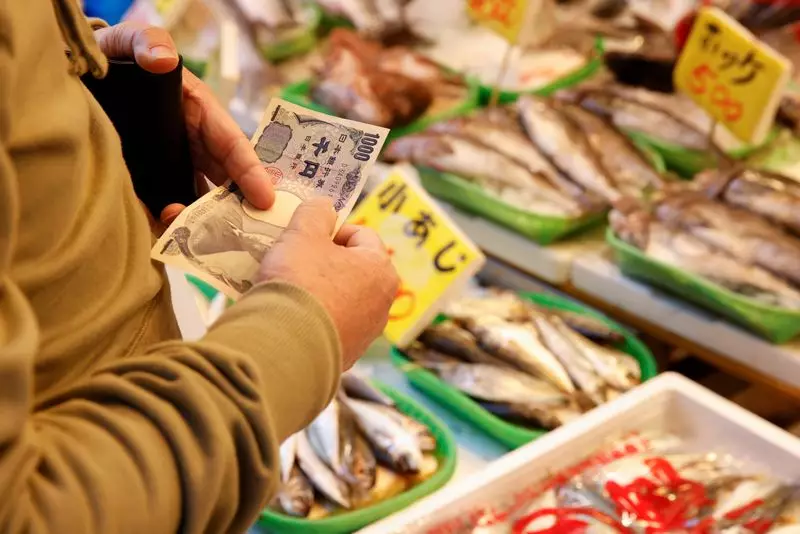Recent forecasts indicate that consumer inflation in Tokyo is set to exceed the Bank of Japan’s (BoJ) target of 2% for November, illustrating the delicate economic landscape shaped by fluctuating food and energy prices. A survey conducted by Reuters anticipates the core consumer price index (CPI) will rise to 2.1% year-on-year, a notable increase from the 1.8% recorded in October. This sharp uptick is indicative of underlying pressures, largely fueled by the recent reduction in government fuel subsidies and the rebound in food costs.
Analysts, including Shunpei Fujita from Mitsubishi UFJ Research and Consulting, highlight that the noticeable increment in food prices, particularly due to rising rice costs, is driving the inflation figures. Moreover, the waning effect of governmental interventions designed to mitigate inflationary pressures further exacerbates this situation. These elements combine to suggest a potential end to the relative stability seen in prior months, marking a shift in the inflation dynamics in Tokyo.
While Tokyo serves as a bellwether for national economic trends, the nationwide core CPI figure released earlier noted a slight easing to 2.3% in October from the 2.4% registered in September. This national scope juxtaposes the localized inflationary pressures evident in Tokyo, suggesting that although certain areas of Japan are facing heightened inflation, others may experience a stabilization of economic growth. The divergence in inflation rates can have significant policy implications for the BoJ as it prepares for its upcoming December policy-setting meeting.
The importance of the upcoming CPI release on November 29 cannot be understated. It will not only provide critical data for understanding inflation in Tokyo but also assist policymakers in gauging the broader economic landscape as they strategize on future monetary policies.
Amid the inflationary concerns, there appears to be a silver lining as Japan’s industrial output is anticipated to expand by 3.9% for October. This growth is largely underpinned by advancements in chip-related manufacturing and increased production in the transportation equipment sector. This trajectory of growth is promising and suggests resilience within certain manufacturing segments in the face of rising costs.
Simultaneously, an expected increase of 2.2% in retail sales year-on-year reinforces the notion that consumer spending may remain robust, despite rising prices. This juxtaposition of industrial growth against inflation raises pertinent questions about consumption patterns and overall confidence in the Japanese economy, a theme likely to feature prominently in discussions surrounding BoJ policy adjustments.
Employment figures projected for October suggest a slight uptick in the jobless rate to 2.5%, compared to 2.4% in September. However, the jobs-to-applicants ratio is expected to hold steady at 1.24, indicating a balanced labor market. Such stability is crucial amid rising inflation, as it reflects underlying consumer confidence and the capacity for households to manage increased living costs.
As Japan navigates these multifaceted economic challenges, the outlook will hinge on the interplay between inflation rates, industrial growth, and employment stability. The data scheduled for release at the end of November will furnish policymakers with the insights necessary to steer the economy toward sustainable growth while mitigating inflationary pressures.

